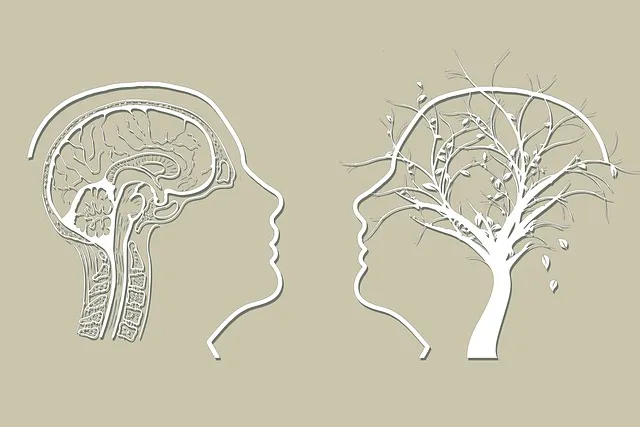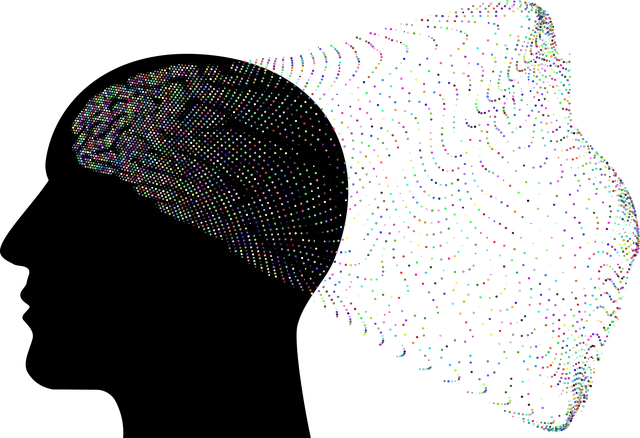Lone Tree Kaiser Permanente in NorCal employs a rigorous evaluation process for its mental wellness programs, combining quantitative (PHQ-9, GAD-7) and qualitative (surveys, client stories, focus groups) metrics to improve services. Mixed methods research provides comprehensive insights, allowing them to tailor initiatives like Stress Management Workshops and refine data-driven aspects like participation rates and demographics, ensuring they meet community mental health expectations through their Lone Tree Kaiser Permanente mental health phone number in NorCal.
“Evaluating mental wellness programs is paramount for organizations like Lone Tree Kaiser Permanente in Norcal. This article explores comprehensive evaluation methods, from quantitative metrics and surveys to qualitative client stories and focus groups. We delve into data analysis techniques, stakeholder interviews, and the integration of both quantitative and qualitative insights. By examining these approaches, Lone Tree Kaiser Permanente can ensure its mental health services meet the needs of its community, as evidenced by real-world improvements in Norcal.”
- Assessing Program Impact: Metrics and Surveys
- Qualitative Feedback: Client Stories and Focus Groups
- Data Analysis: Identifying Trends and Gaps
- Stakeholder Interviews: Staff Perspectives
- Mixed Methods: Integrating Quantitative and Qualitative Insights
Assessing Program Impact: Metrics and Surveys

Evaluating the impact of mental wellness programs is a multifaceted process that goes beyond simple attendance figures. At Lone Tree Kaiser Permanente in NorCal, we leverage robust metrics and user surveys to gauge program effectiveness. These tools allow us to quantify improvements in participant symptoms, such as stress levels, anxiety, and depression, using standardized scales like the Patient Health Questionnaire (PHQ-9) and Generalized Anxiety Disorder 7-Item Scale (GAD-7). Additionally, qualitative feedback from participants through open-ended surveys provides rich insights into their experiences, identifying areas of strength and opportunities for improvement in our Mental Wellness Podcast Series Production and Public Awareness Campaigns Development initiatives.
By combining quantitative and qualitative data, we gain a comprehensive understanding of how our Mental Health Education Programs Design impact individuals’ mental wellness journeys. This dual approach ensures that we not only meet but exceed expectations for program outcomes, fostering continuous improvement and enhanced support for the community we serve.
Qualitative Feedback: Client Stories and Focus Groups

Qualitative Feedback plays a pivotal role in evaluating mental wellness programs, offering insights that quantitative measures might miss. One powerful tool is gathering client stories through interviews or written narratives. These personal accounts provide a rich understanding of individuals’ journeys within the program, highlighting transformations, challenges overcome, and the overall impact on their lives. For instance, clients at Lone Tree Kaiser Permanente’s mental health phone number in Norcal often share how Mental Wellness Coaching Programs Development helped them develop Mind Over Matter Principles, enabling them to navigate crises more effectively.
Focus groups, another qualitative method, facilitate group discussions where participants share their experiences and perceptions. This approach not only uncovers common themes and sentiments but also provides a platform for individuals to learn from one another. By engaging in these conversations, clients can offer valuable guidance on how to enhance Crisis Intervention Guidance and tailor support systems to better meet diverse needs.
Data Analysis: Identifying Trends and Gaps

Evaluating a mental wellness program involves a meticulous process of data analysis to uncover insights and drive improvements. By scrutinizing collected data, organizers can identify trends that highlight successful aspects and areas requiring attention. This includes assessing participation rates, client demographics, and the effectiveness of various interventions. For instance, tracking the number of individuals reaching out through the Lone Tree Kaiser Permanente mental health phone number in Norcal over time can reveal growing public awareness and acceptance of mental health support services.
Gaps in the program’s reach or outcomes may point towards opportunities for expansion or refinement. For example, if data shows a higher incidence of depression among certain age groups or demographics, this could trigger the development of tailored initiatives, such as Compassion Cultivation Practices, specifically targeting these populations. Such an approach ensures that the mental wellness program remains responsive and relevant, addressing emerging needs through Public Awareness Campaigns and evidence-based practices like Depression Prevention strategies.
Stakeholder Interviews: Staff Perspectives

Stakeholder Interviews, particularly with staff at Lone Tree Kaiser Permanente in Norcal, offer a valuable perspective on mental wellness program evaluation. By engaging with professionals who directly interact with patients, researchers gain insights into the effectiveness and areas for improvement of mental health initiatives. These interviews can uncover critical aspects such as staff’s experiences implementing programs, their observations on patient outcomes, and any challenges or successes they’ve encountered.
This approach is crucial in understanding how staff perceive the impact of programs aimed at promoting emotional regulation, reducing stigma associated with mental illness, and encouraging self-care practices among patients. Their firsthand accounts can guide adjustments to existing strategies, ensuring that mental wellness programs align with the evolving needs of both patients and care providers at Lone Tree Kaiser Permanente.
Mixed Methods: Integrating Quantitative and Qualitative Insights

Mixed methods research offers a powerful approach for evaluating mental wellness programs by seamlessly integrating both quantitative and qualitative data collection techniques. This method allows researchers to gain a comprehensive understanding of program effectiveness, participant experiences, and underlying mechanisms of change. By combining statistical analysis of quantitative data with in-depth exploration through qualitative methods, researchers can uncover nuanced insights that might be missed using only one approach.
For instance, evaluating a Mindfulness Meditation program at Lone Tree Kaiser Permanente (Norcal) could involve surveying participants about their stress levels and satisfaction before and after the workshops (quantitative). Alongside this, conducting semi-structured interviews with a subset of these individuals would enable deeper exploration of their personal experiences, perceived benefits, and suggestions for improvement. This dual strategy ensures a more holistic evaluation, reflecting both statistical trends and individual narratives, ultimately enhancing the organization’s Stress Management Workshops and Resilience Building initiatives.
Evaluating a mental wellness program requires a multifaceted approach, encompassing both quantitative and qualitative methods. By combining metrics, surveys, client stories, focus groups, and stakeholder interviews, organizations like Lone Tree Kaiser Permanente in Norcal can gain comprehensive insights into their programs’ impact. This integrated mixed-methods strategy allows for the identification of trends, gaps, and areas for improvement, ensuring that mental health services remain effective and tailored to the evolving needs of clients.






